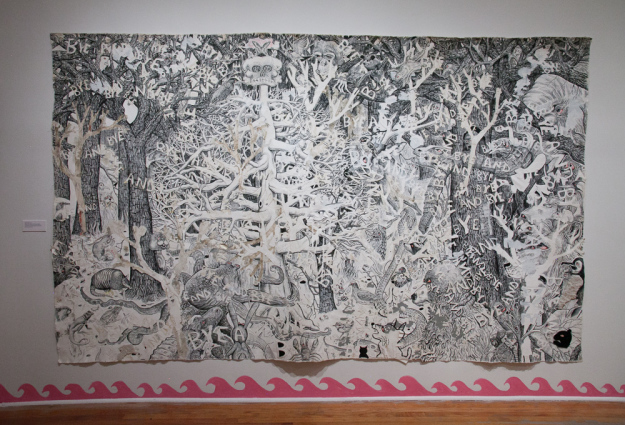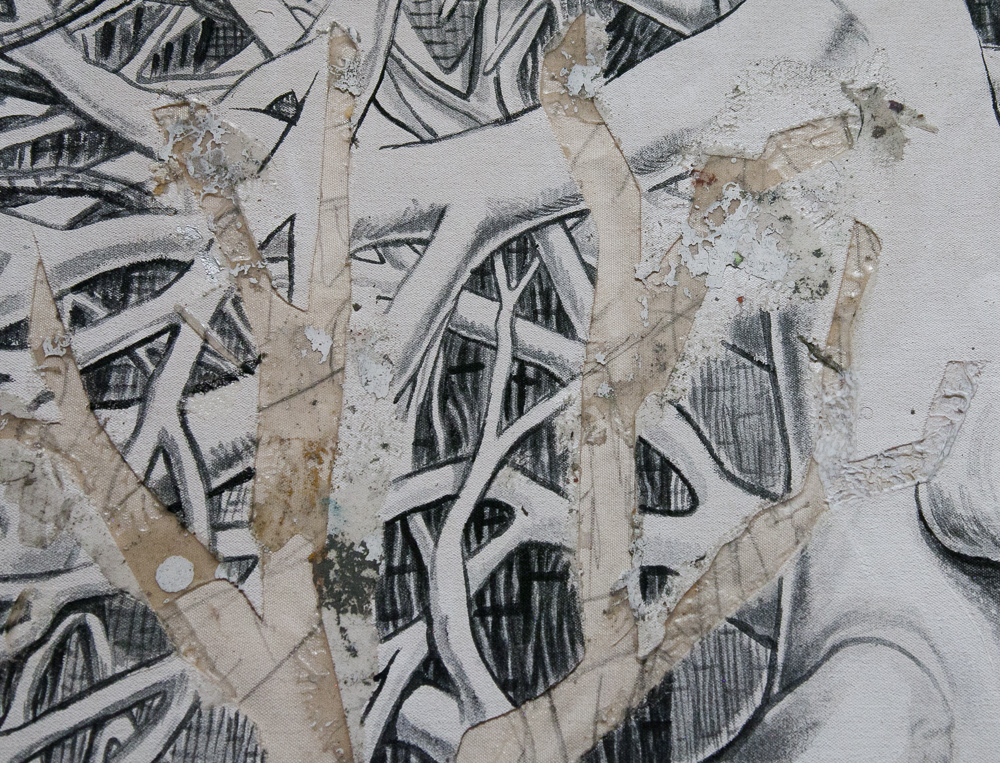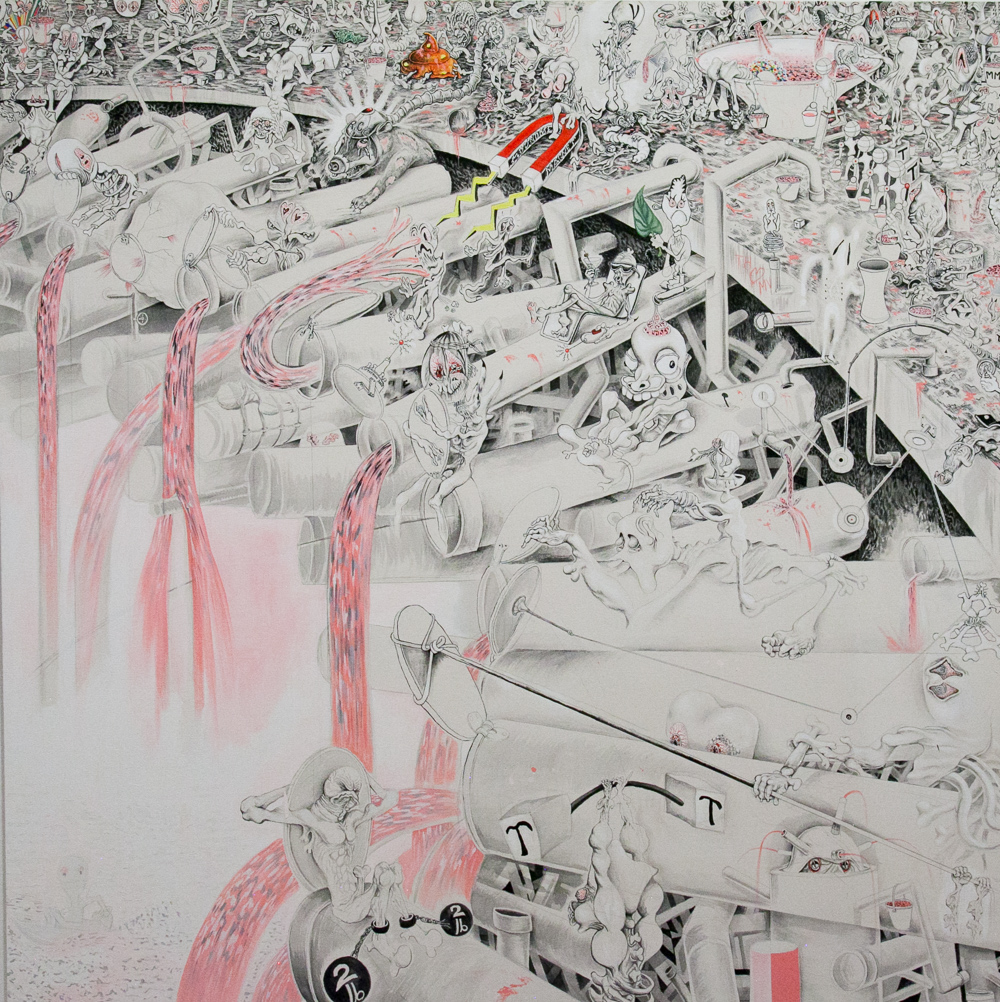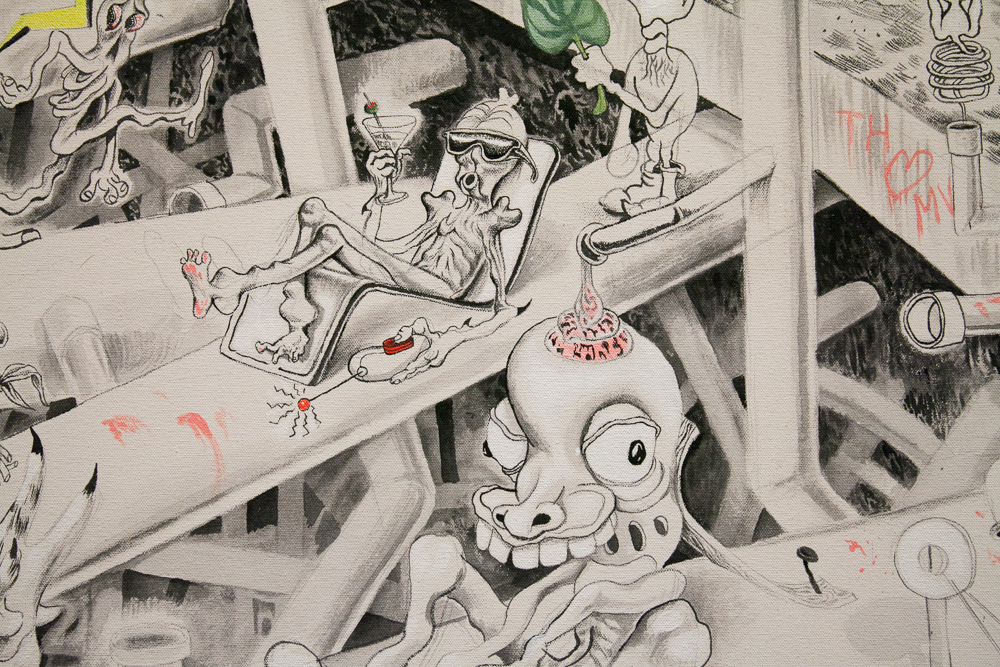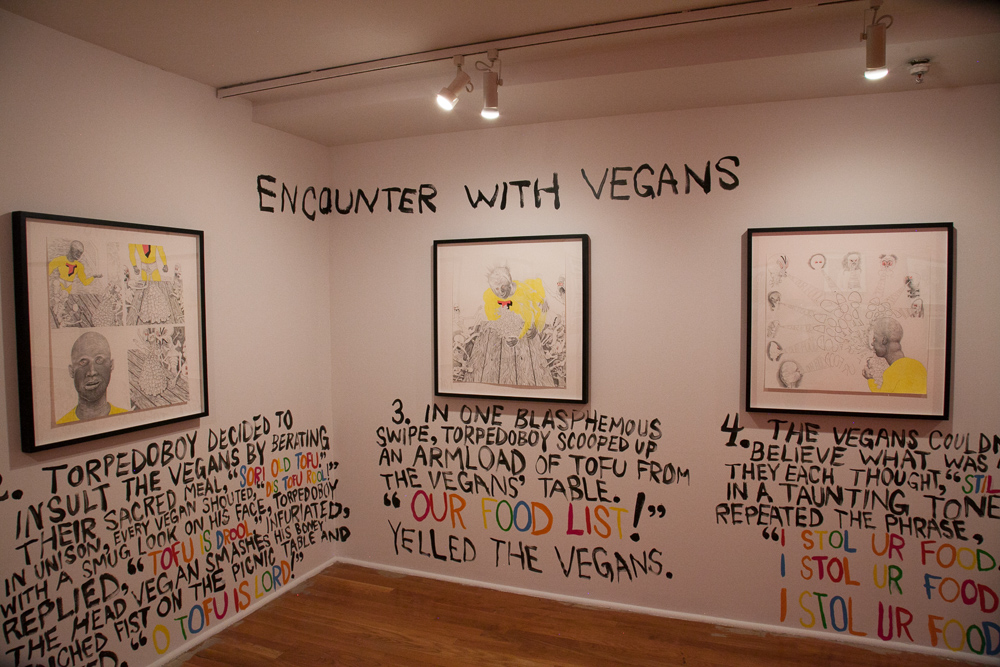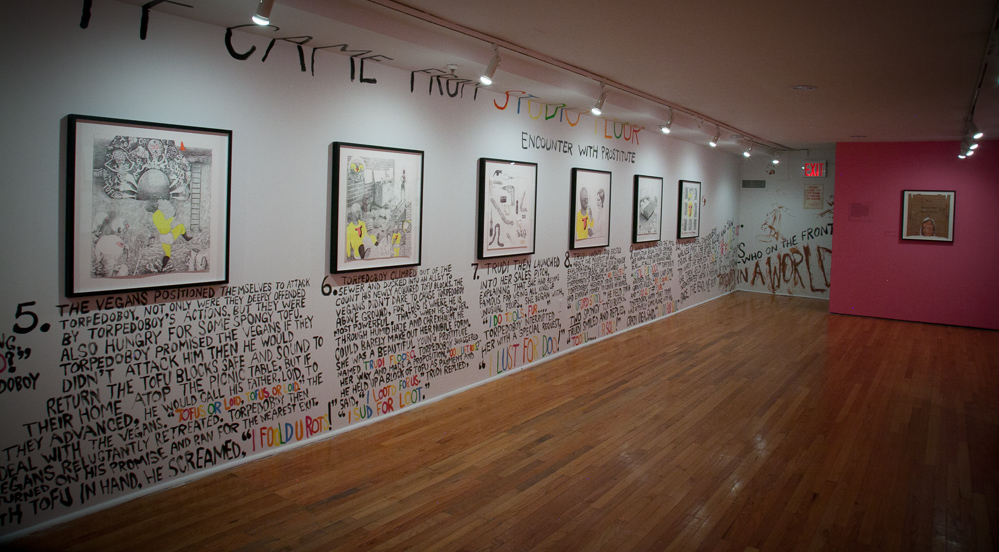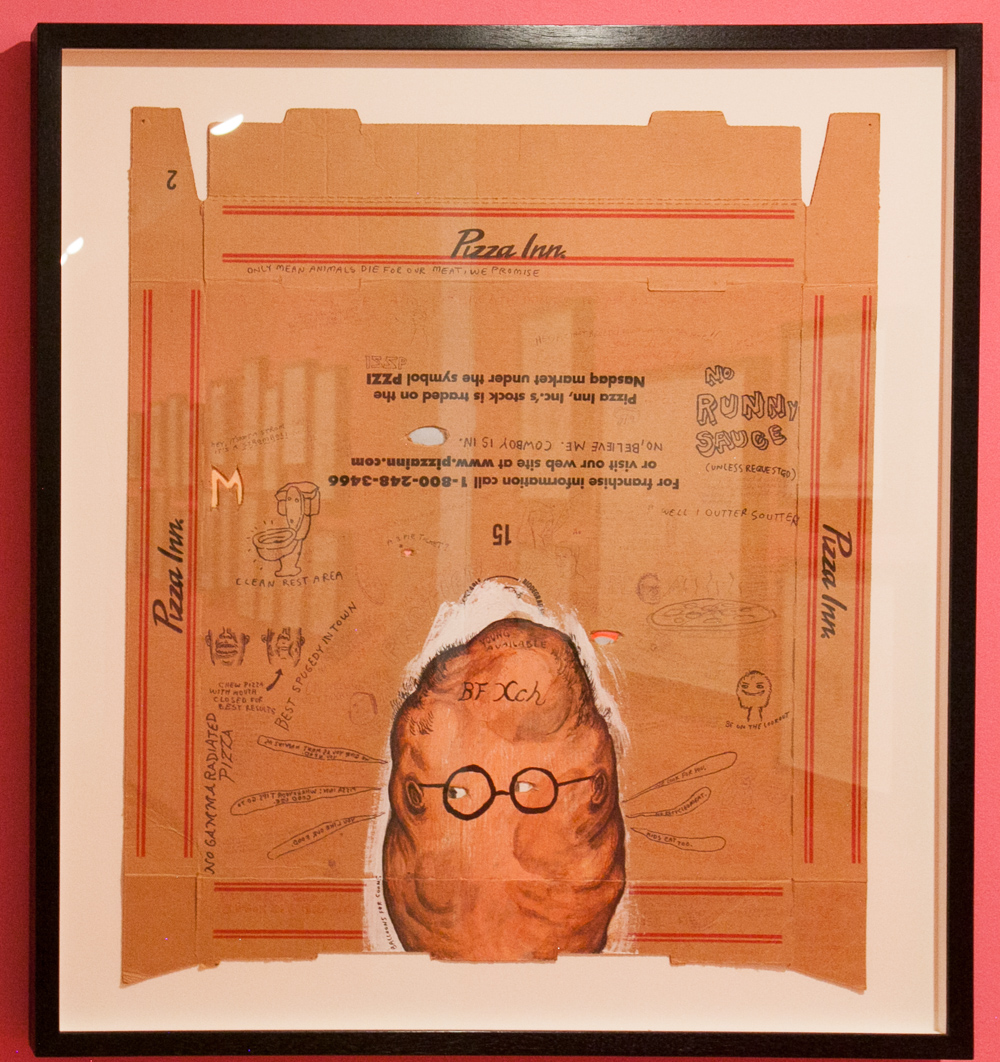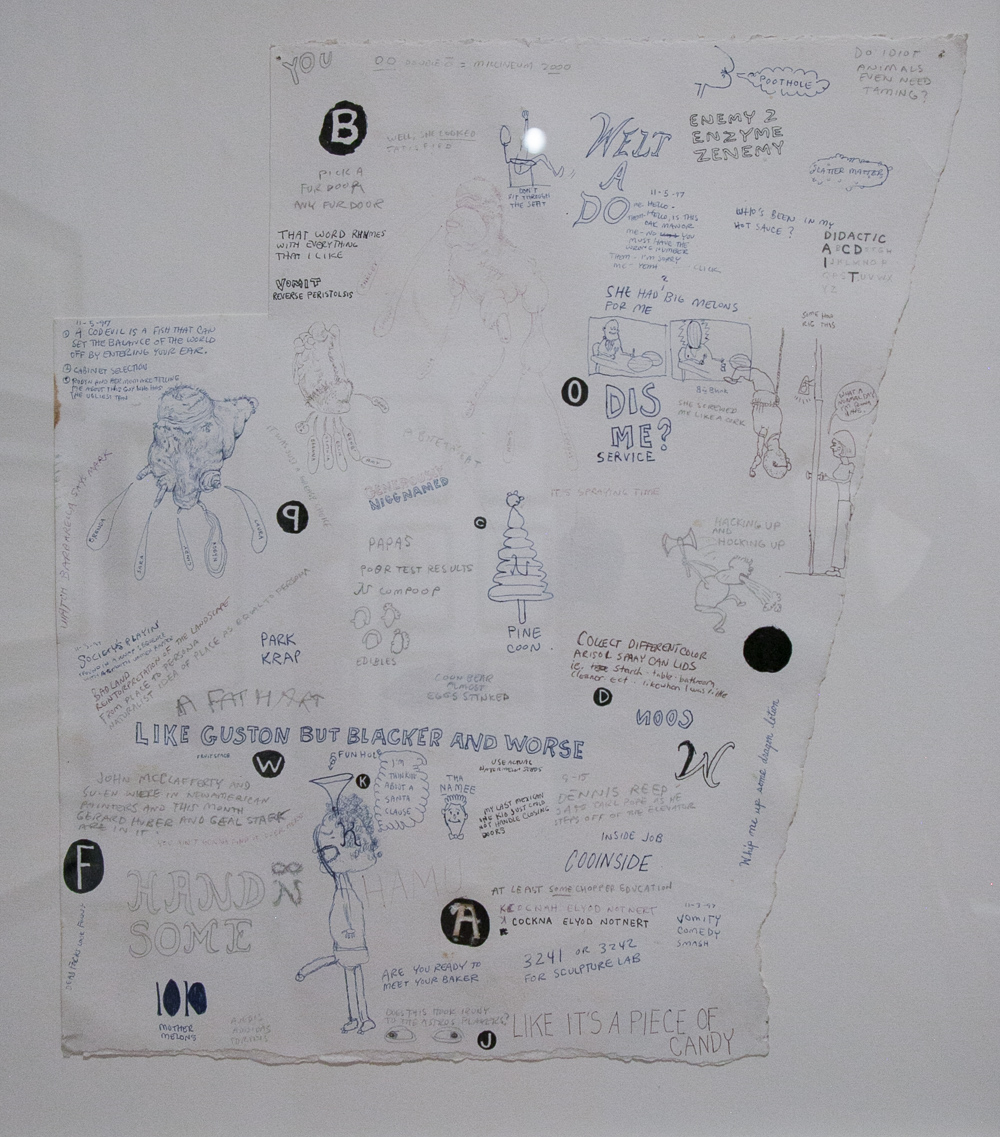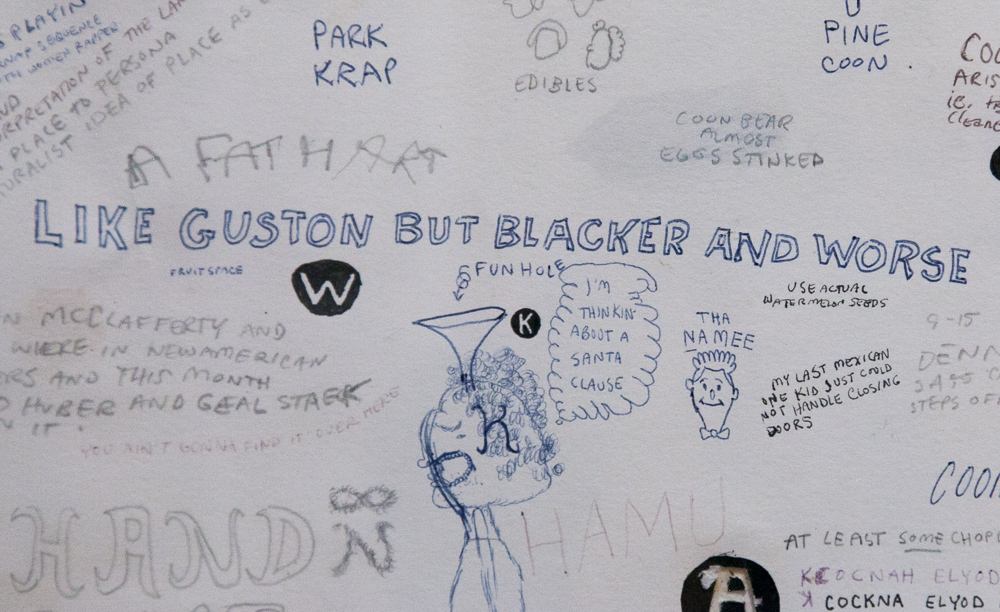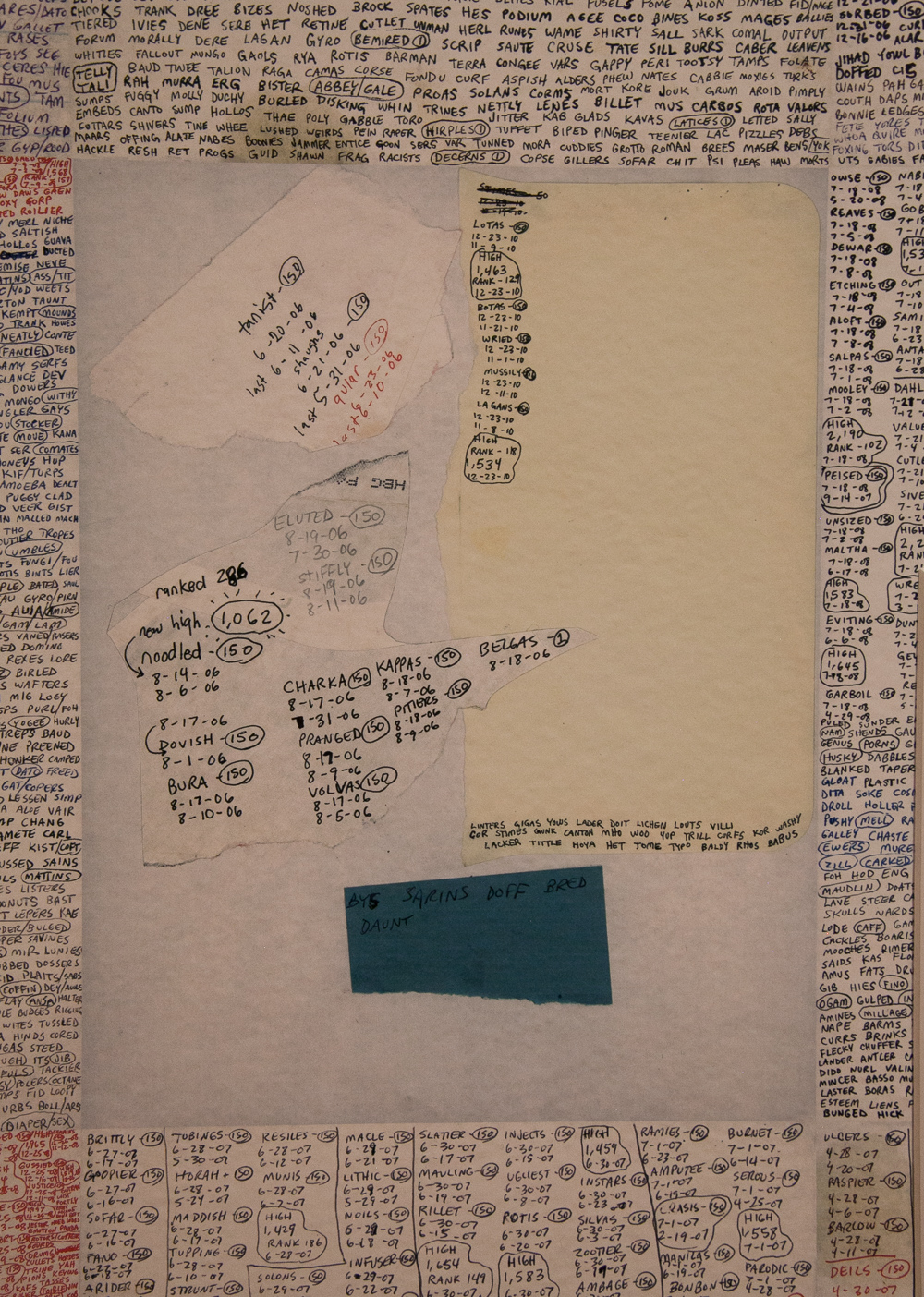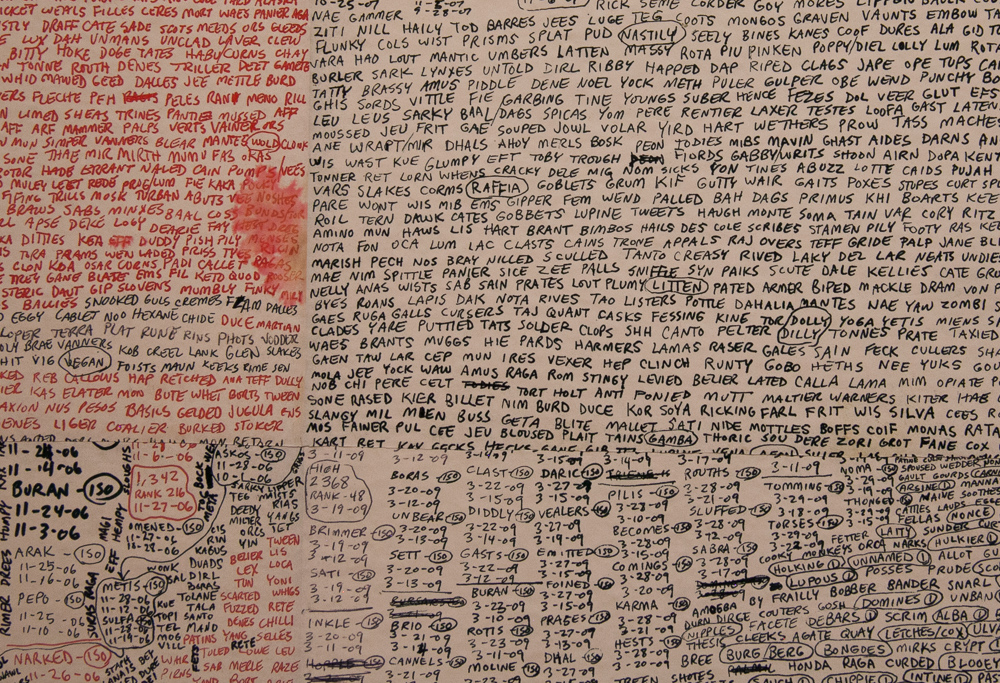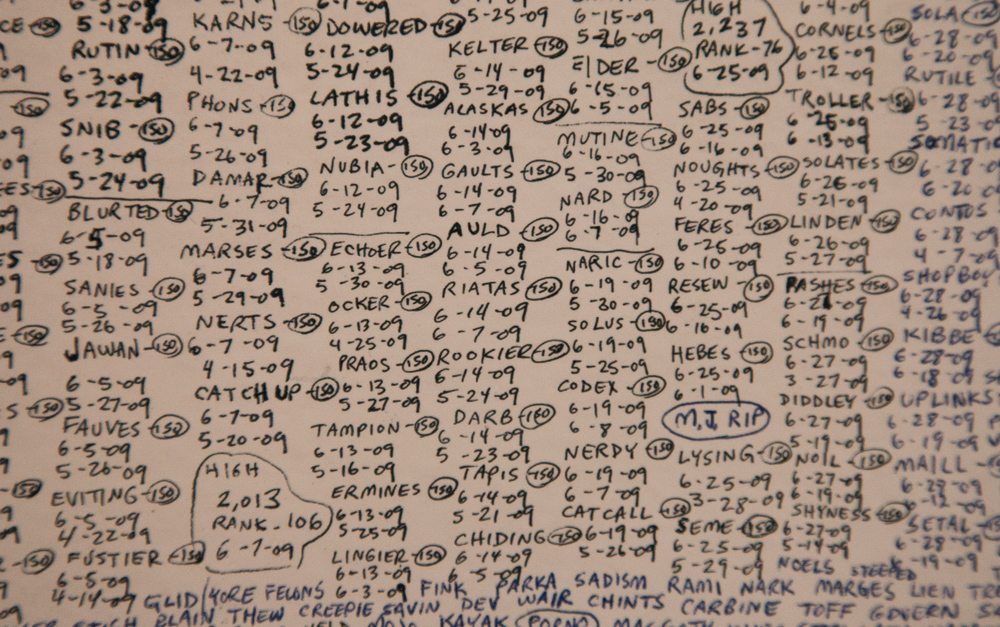Agnes Martin on the importance of a proper studio environment
The following are thoughts from lecture notes by Agnes Martin, reproduced in Agnes Martin: Paintings, Writings, Remembrances by Arne Glimcher.
The most important thing is to have a studio and establish and preserve its atmosphere. You must have a studio no matter what kind of artist you are. A musician who must practice in the living room is at a tremendous disadvantage. You must gather yourself together in your studio all of your sensibilities and when they are gathered you must not be disturbed. The murdered inspirations and loss of art work due to interruptions and shattered studio atmosphere are unassessable.
If you are an architect you have to have some place besides the place where the draughtsmen work, no telephone, the door locked — to be disturbed only if the house is burning!
A studio is not a place in which to talk to friends. You will hate your friends if they destroy the atmosphere of your studio. As an artist you will have to try and live with inspiration. You are not like the little boy in the dirt free and open. The whole world which you now know intrudes. It is almost hopeless to expect clarity of mind. It is hopeless if your studio atmosphere cannot be preserved.
An ivory tower is something that I cannot imagine but I can imagine an artist standing on the edge of town looking out while the town roared and boiled behind him and never looking around, always looking out. It simply has to be that way.
…You must clean and arrange your studio in a way that will forward a quiet state of mind. This cautious care of atmosphere is really needed to show respect for the work. Respect for art work and everything connected with it, one’s own and that of everyone else must be maintained and forwarded. No disrespect, carelessness or ego selfishness must be allowed to interfere if it can be prevented.
Indifference and antagonism are easily detected. You should take such people out immediately. Just turning the paintings to the wall is not enough. You yourself should not go to your studio in an indifferent or fighting mood.
The notes are reproduced in Agnes’ own handwriting, printed on pages that simulate note paper.
The book also contains many faithful reproductions of Agnes’ work, along with additional writings by her and by Arne Glimcher, her friend and dealer. The recollections by Glimcher of his visits to her studio are especially interesting, detailing how she lived in her spare surroundings as well as how she viewed her own work and process.
Also fascinating are the numerous Polaroid photos that remain from the studio visits, with the typical color shifts adding a surreal dimension to our lens on Agnes’ life. (See this Bookforum review.)

Agnes Martin and Arne Glimcher in her new truck in Galisteo, New Mexico, 1979.




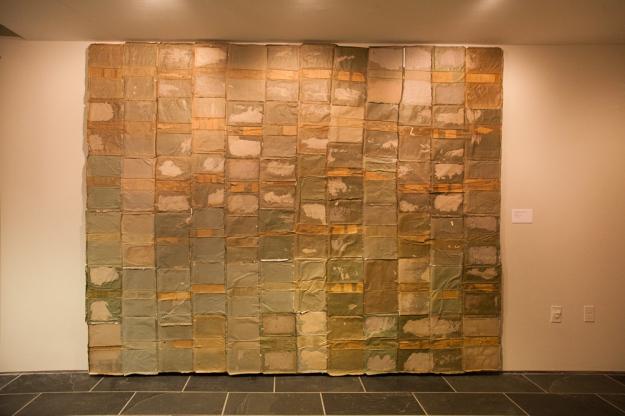

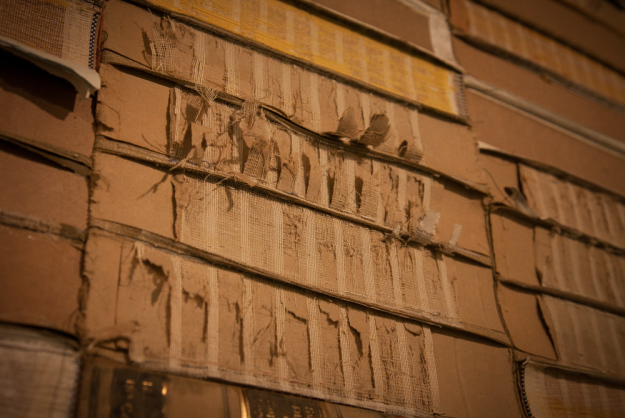
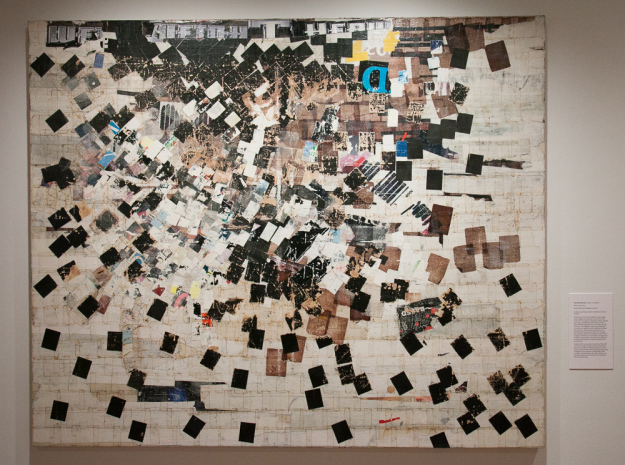 White Noise, 2014, by Mark Bradford
White Noise, 2014, by Mark Bradford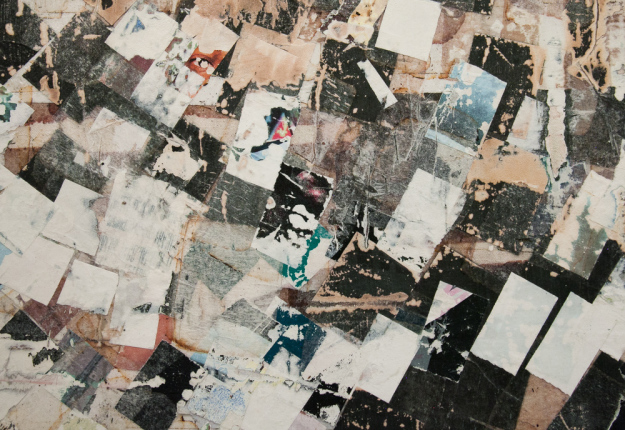
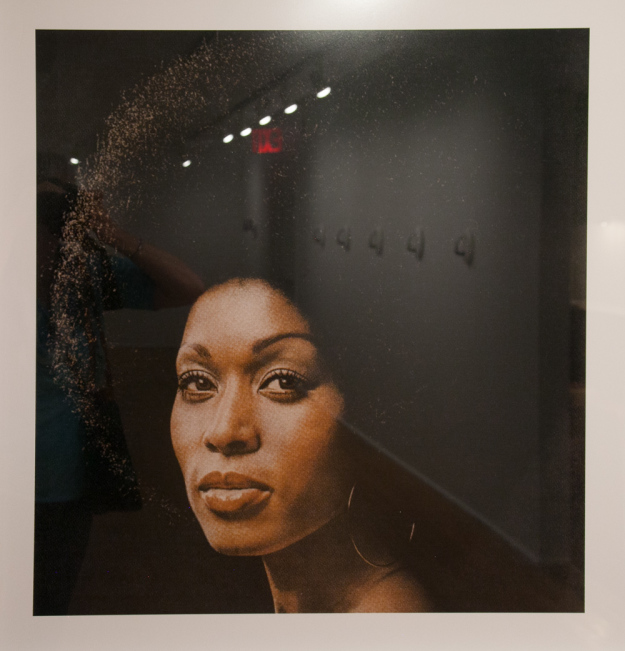
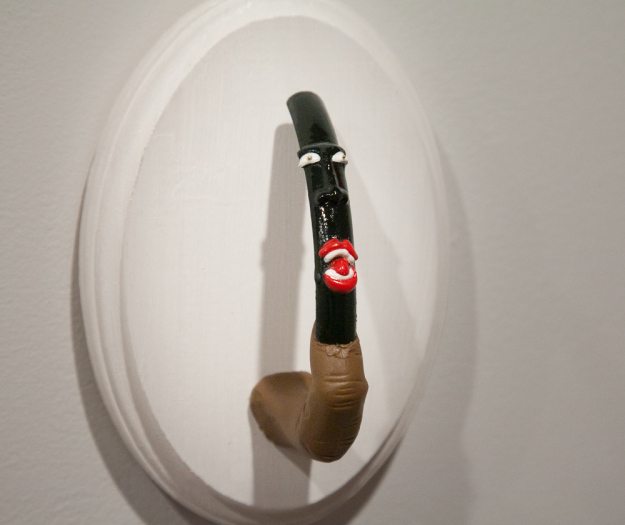

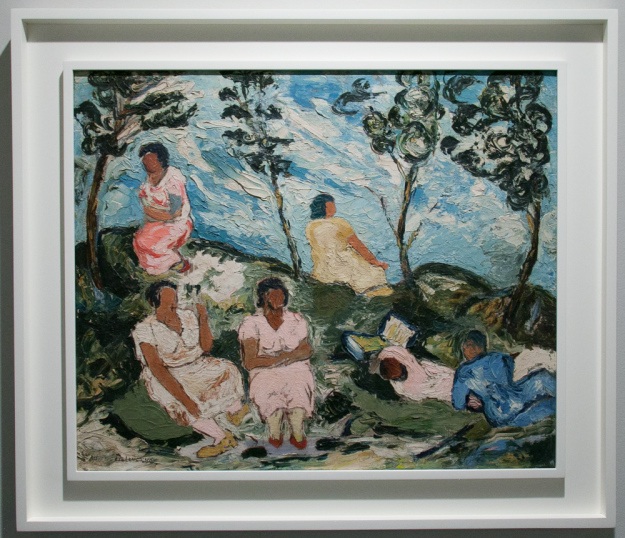
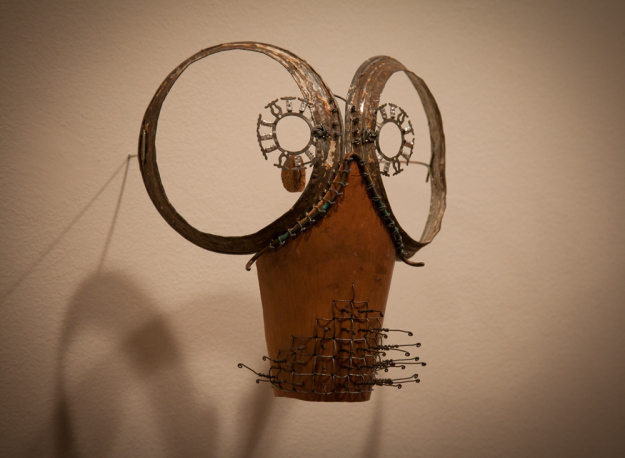 Rat (from the “C-Stunner” series), 2010, by Cyrus Kabiru.
Rat (from the “C-Stunner” series), 2010, by Cyrus Kabiru.
